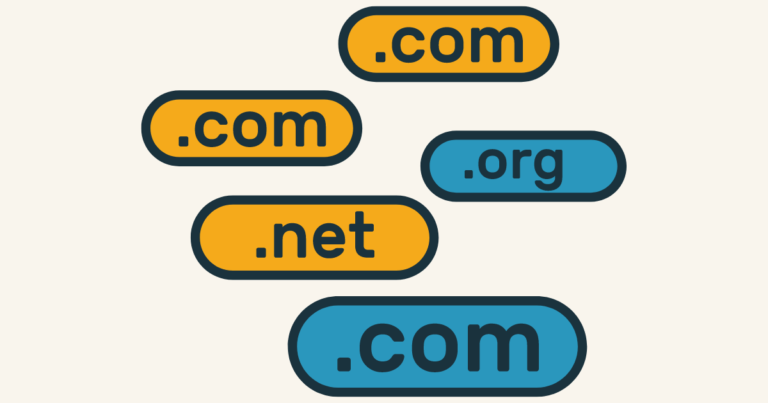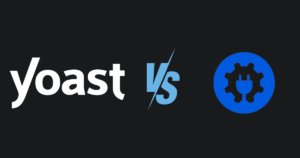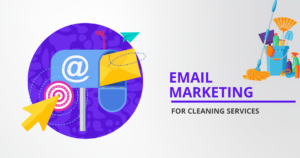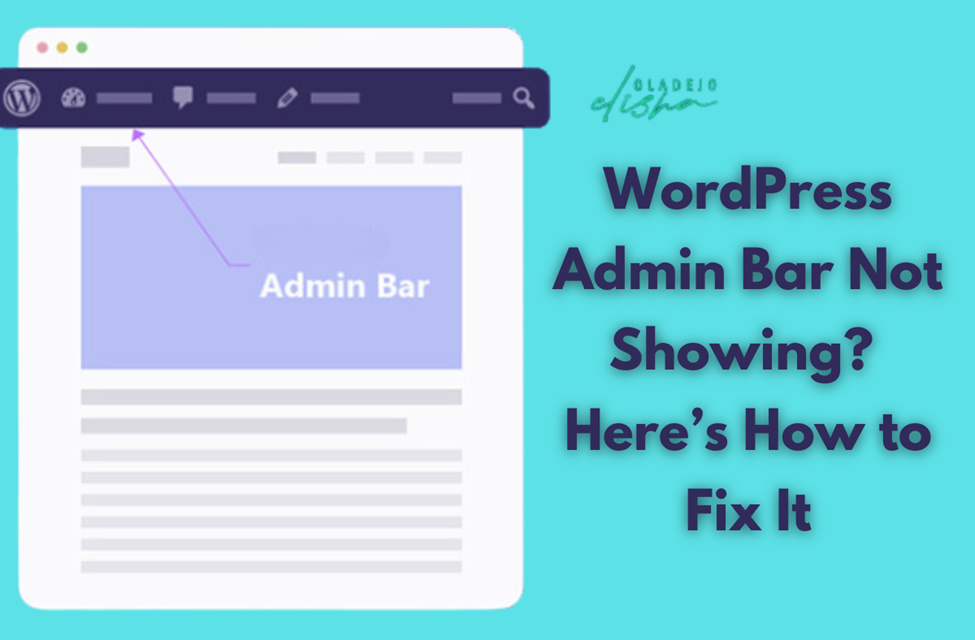When I first stumbled upon the concept of aged domains, I admit, my initial thought was, “Is this the digital equivalent of fine wine?” Turns out, it kind of is!
Aged domains aren’t just domain names with a bit of history; they’re like seasoned digital veterans, seasoned with a sprinkle of SEO magic. The older, the better – well, mostly.
These vets of the web, much like fine wine, come with a rich history, potentially full of quality backlinks, and a certain level of trust in the eyes of search engines.
Now, don’t get me wrong, not all aged domains are created equal. Just like how not every bottle in your grandpa’s cellar is a Château Lafite. Some are more like that mystery bottle that’s been in the back of the cupboard for decades – you know, the expired domains.
Navigating this world of aged domains can be a bit like a treasure hunt, trying to find those quality aged domains that can add real value to your SEO strategy.
And let me tell you, the first time I tried to buy aged domains, it felt like bidding on an antique – exciting, a little nerve-wracking, but definitely worth the thrill. What are aged domain? If you are still curious, lets embark on this journey together and discover the allure and potential of these digital antiques!
What Are Aged Domains?

An aged domain is like a seasoned property in the heart of the city. Unlike a brand new domain, which is akin to untouched land, an aged domain has a history.
It’s a domain that has been registered and used over time, often accumulating a rich mix of backlinks and online presence. The crux of an aged domain lies in its domain age – a factor that search engines often perceive as a sign of reliability and credibility.
My first foray into this world; it was a mix of intrigue and caution. I stumbled upon a list of aged domains, each with its own unique story. Some were like hidden gems, brimming with potential, while others, much like expired domains, held a murky past.
This initial encounter taught me the importance of discerning quality aged domains, ones that could bolster an SEO strategy significantly.
The essence of using an aged domain lies in its established rapport with search engines. Search engines, in their quest to provide the best and most reliable content, often give weight to the longevity and historical relevance of a domain.
In contrast, a brand new domain, fresh off the registrar’s list, might have to wade through the proverbial sandbox before gaining such recognition. This is where the charm of aged domains lies – they often bypass this probationary phase, giving you a head start in the competitive SEO race.
But it’s not all smooth sailing. The journey to find aged domains that align with your brand’s ethos and SEO goals is like going through a maze. It involves sifting through a mix of expired and aged domains, each with its distinct past. The key is to identify those with a clean, reputable history and a backlink profile that resonates with quality rather than just quantity.
An aged domain can be a powerful ally in the SEO battlefield, provided it’s chosen with care and insight. It’s about striking that perfect balance between age, history, and relevance, creating a digital presence that’s both robust and respected by search engines and users alike.
Aged Domain, New Domain, And Expired Domain

In website creation and SEO, the choice between an aged domain, a new domain, and an expired domain can be pivotal. An aged domain is like a seasoned traveler in the digital landscape, carrying with it a history and a certain level of domain authority that can be invaluable.
These older domains, often having been registered and actively used for years, come with established backlinks and a certain degree of trust from search engines.
For someone looking to leverage this existing credibility, buying aged domains can be a strategic move.
On the flip side, new domains are like blank canvases – fresh, uncharted, and ready to be shaped according to the vision of their owner. While they lack the historical advantage of aged domains, they offer a clean slate free from any past penalties or dubious backlink profiles. This makes them a popular choice for those looking to build a brand-new digital identity from the ground up.
Expired domains, meanwhile, sit somewhere in between. These are domains that were once registered but were not renewed and have since returned to the pool of available domains.
While some expired domains can retain elements of their former authority and backlink profiles, caution is advised. It’s crucial to use tools like Google Search Console to delve into their history, ensuring they haven’t been misused or penalized in the past.
Each type of domain comes with its own set of considerations. Using an aged domain can give a head start in terms of SEO and domain authority, but it requires thorough research to ensure its past usage aligns with your current goals.
New domains, while requiring more effort to build authority, offer a clean reputation and full control from the outset. Expired domains can be a wildcard; they might offer some benefits of aged domains but require careful vetting to avoid inheriting any negative aspects.
In essence, the choice depends on your specific needs, goals, and the level of effort you’re willing to invest in building or maintaining your online presence.
Understanding the nuances of each – the aged domain with its established presence, the new domain with its untapped potential, and the expired domain with its unique risks and opportunities – is key to making an informed decision in the digital domain landscape.
The Benefits of Using Aged Domains
The benefits of using aged domains, especially for a link building service, are significant. Aged domains often come with a network of referring domains established over time. This can be a goldmine for creating a robust backlink profile.
However, it’s essential to be cautious of link spam and ensure the integrity of the backlinks to maintain the domain’s value and credibility. Lets take a look at some benefits;
1. Authority And Credibility

The importance of authority and credibility in aged domains cannot be overstated. When it comes to the digital world, especially SEO, these two factors play a pivotal role in determining the success of a website.
An aged domain, by virtue of its longevity, often carries a degree of inherent authority. This is largely due to the trust it has established over time with search engines and users alike.
The domain’s history, including its previous owner, contributes significantly to this perceived authority. A domain that was associated with reputable and relevant content in the past is likely to be viewed more favorably by search engines. This history can make it easier for the domain to rank higher in search results compared to a new or less established domain.
Moreover, credibility comes from the backlink profile that an aged domain has accrued. Quality backlinks from reputable sources are like endorsements, signaling to search engines that the domain is a trusted resource. As you find aged domains and evaluate them, consider not just the number of backlinks but their quality and relevance.
However, it’s important to exercise caution. Not all aged domains have maintained a positive reputation. An expired domain or one with a questionable past can carry negative connotations, potentially harming your SEO efforts. Therefore, thorough research into an aged domain’s history, previous owners, and existing backlink profile is essential in assessing its authority and credibility.
2. Backlink Profile

The backlink profile of an aged domain is a crucial aspect, often serving as the backbone of its SEO value. In the world of search engine optimization, backlinks are like votes of confidence from one site to another. A robust backlink profile in an aged domain signifies that the domain has been recognized and referenced by other websites over time, which can be a significant advantage.
For an aged domain, the quality, relevance, and diversity of its backlinks are what set it apart from a fresh domain. Search engines, like Google, use backlinks as a key metric to gauge a website’s authority and relevance in its niche. An aged domain with a strong backlink profile is likely to be seen as a trustworthy source of information, which can greatly aid in achieving higher rankings.
However, it’s not just about the quantity of backlinks; the quality matters immensely. Aged domains that have high-quality, relevant backlinks from well-regarded sites in their industry are invaluable. On the contrary, domains with backlinks from dubious sources can negatively impact their SEO prospects.
For those acquiring an aged domain, scrutinizing the backlink profile is essential. You should assess whether the backlinks are from credible sources and relevant to your niche. This evaluation helps in understanding the real value of the domain and how it might perform in search rankings.
3. Traffic And Brand Recognition
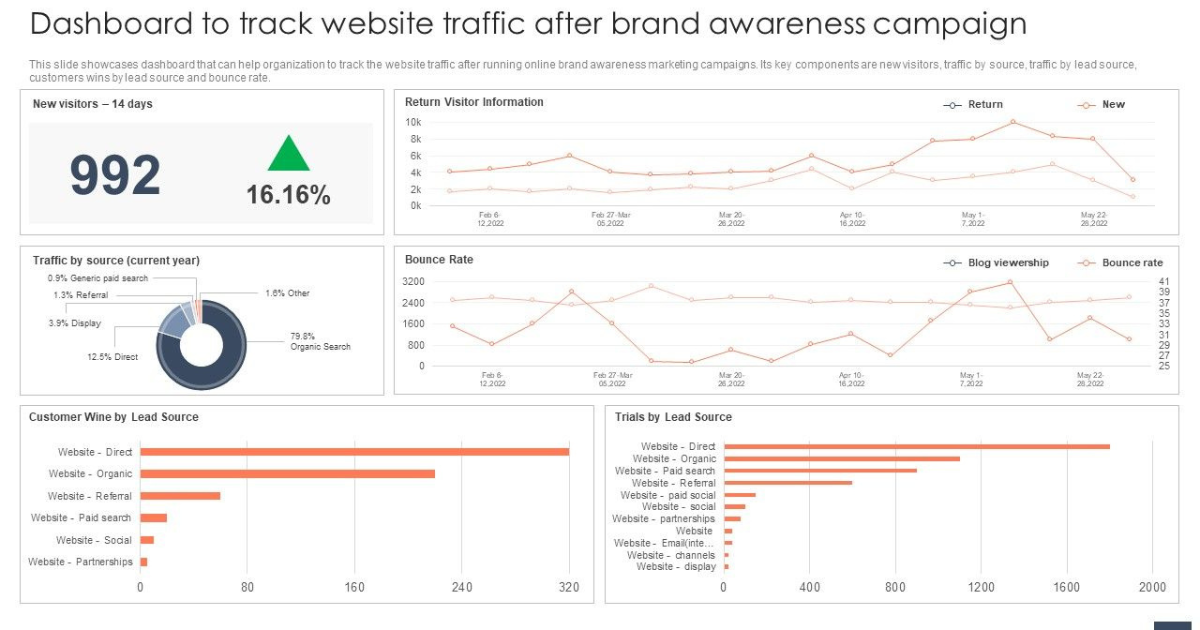
The impact of traffic and brand recognition on aged domains is a crucial aspect often overlooked in the realm of digital marketing.
When you acquire an aged domain, you’re not just getting a domain name; you’re potentially inheriting a legacy of traffic and a level of brand recognition. This can be particularly true with domains that were previously well-established or had significant online visibility.
Traffic is a significant factor. Aged domains, especially those that were once active websites, can still attract visitors.
This residual traffic, originating from existing backlinks or previous marketing efforts, can provide a head start compared to starting from scratch with a new domain. It’s a valuable asset, as driving organic traffic is often one of the most challenging aspects of building an online presence.
Brand recognition is another key element. If the aged domain name was associated with a reputable brand or a well-known website, this recognition could transfer to your new venture. This can be especially beneficial for link-building services, as a recognized domain name can lend credibility and trustworthiness to your efforts.
However, it’s important to research the history of the domain thoroughly. Understanding the previous life of an aged domain, including its past owners and how it was utilized, is crucial. Dropped domains, for instance, can have varied histories that might affect their current value in terms of traffic and brand recognition.
Where to Find and Buy Aged Domains
Discovering where to find and buy aged domains can be an adventure in itself, filled with opportunities and pitfalls.
From my experience, the journey begins at reputable domain marketplaces like GoDaddy Auctions, NameJet, and SEDO Auctions.
These platforms are the bazaars where aged domains, each with its unique history and potential, are displayed for the discerning buyer.
1. GoDaddy Auctions
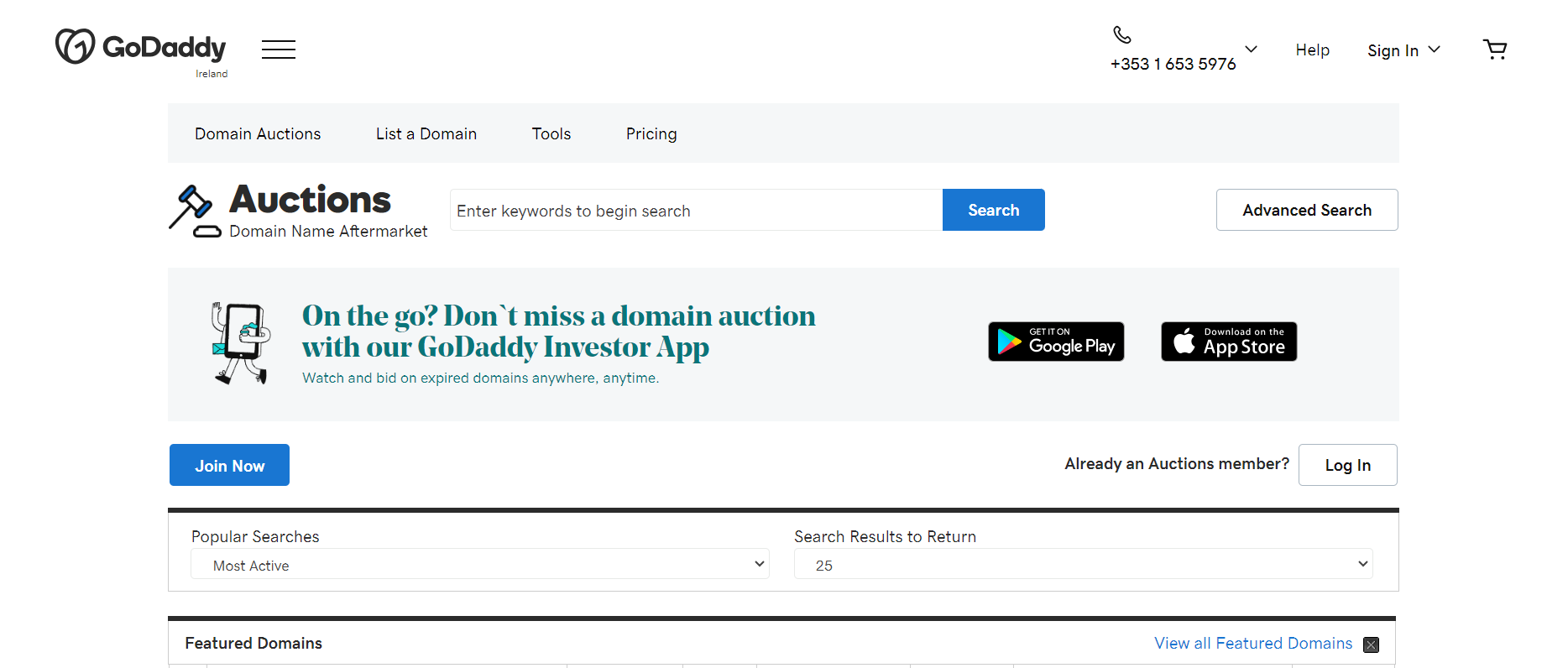
GoDaddy Auctions stands out as a premier destination for those seeking to purchase aged domains, primarily due to its vast selection and robust platform. It is widely regarded as one of the best aged domain marketplaces, offering a diverse range of expired domains that cater to various niche sites.
The platform’s popularity among aged domain owners means that buyers have access to a wide array of choices, from domains with established SEO histories to those with potential for brand building.
One of the key advantages of using GoDaddy Auctions is its user-friendly interface and comprehensive search functionality. This makes it easier for buyers to find specific types of domains, whether they are looking for something within a particular niche or a domain with certain keywords.
Moreover, GoDaddy’s reputation and reliability in the domain industry provide an added layer of trust and security, crucial for transactions in the digital space.
Another benefit is the transparency and depth of information provided about each domain. Buyers can access detailed insights into the domain’s history, including previous ownership, which is vital for making an informed decision.
This level of detail ensures that buyers can evaluate the potential SEO benefits and any risks associated with a particular aged domain.
In summary, GoDaddy Auctions offers a comprehensive and trustworthy platform for finding and acquiring aged domains, making it an ideal choice for both experienced and novice buyers in the digital market.
2. NameJet
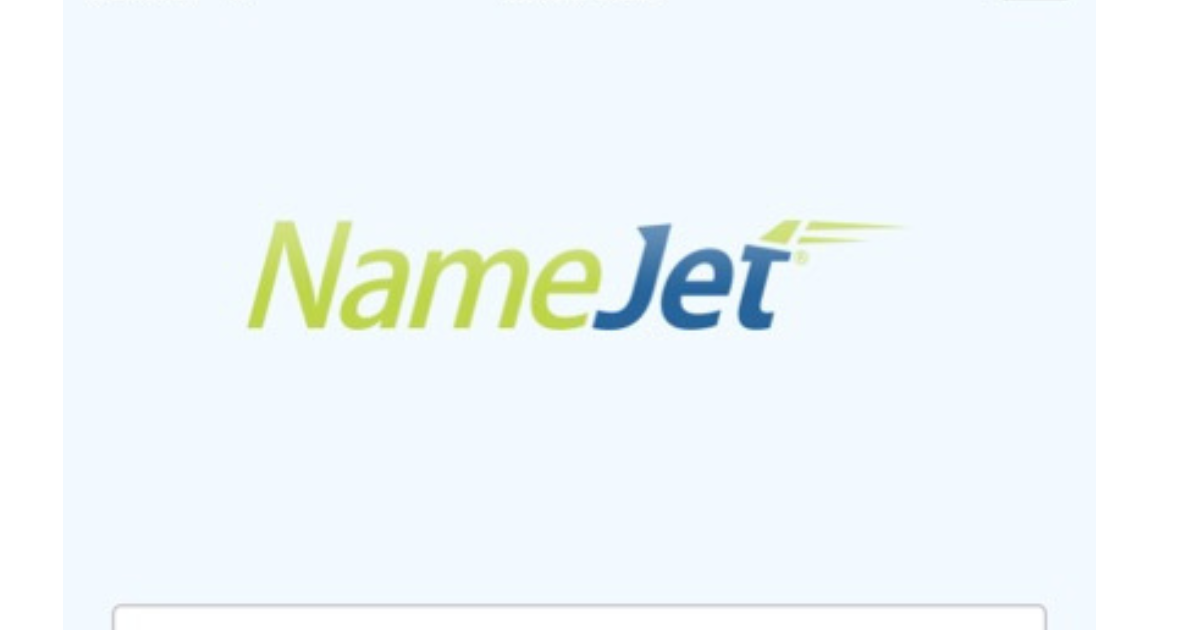
NameJet emerges as a standout platform for acquiring aged domains, particularly for those looking to enhance their online strategies post a Google algorithm update or to bolster their link-building services.
As a marketplace, NameJet specializes in expired domain names, presenting a treasure trove for buyers interested in domains that have already established a digital footprint. This is especially beneficial for those aiming to capitalize on existing SEO benefits.
The advantage of using NameJet lies in its access to high-quality domains. Many of these domains have a history of strong performance in search rankings, making them potentially valuable assets in the wake of Google’s constantly evolving search algorithms.
For those engaged in link building, acquiring an aged domain from NameJet can provide a head start, thanks to the domain’s existing backlinks and established online presence.
Moreover, NameJet offers a streamlined bidding process, making it an accessible platform for both seasoned buyers and newcomers. The auction format ensures a fair and competitive environment, allowing buyers to gauge the value of domains in real-time. This transparency in bidding is essential in finding a domain that not only meets your specific needs but also fits within your budget.
3. SEDO Auctions
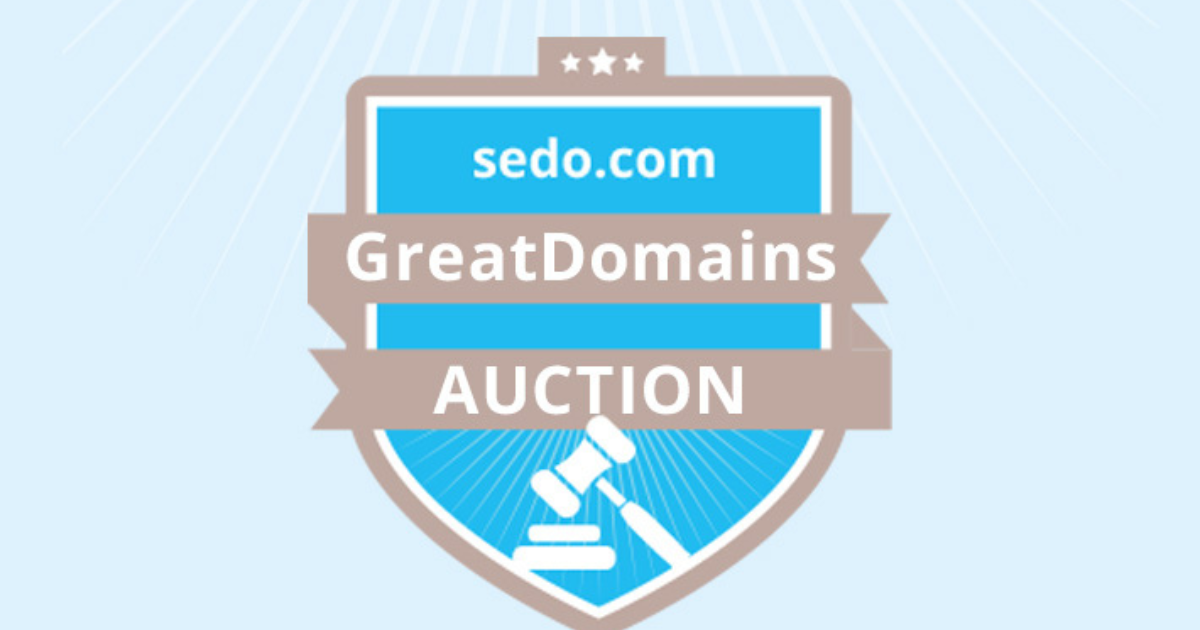
SEDO Auctions is highly regarded in the domain marketplace, especially for those seeking to purchase aged domains with established authority. The platform offers a unique advantage for buyers looking to acquire domain names that have already matured in terms of domain’s age and SEO value. This is particularly beneficial for anyone looking to establish or expand an authority site.
One of the key strengths of SEDO Auctions is its extensive inventory. It boasts a wide range of domain names, from new domains to those with a significant history, catering to various niches and preferences. This diversity ensures that buyers have a higher chance of finding a domain that aligns perfectly with their specific needs and goals.
Another notable feature of SEDO Auctions is the transparency and security of its bidding process. This provides a level of confidence and fairness to both buyers and sellers. Furthermore, the detailed listings include crucial information about each domain, such as its age and historical performance, enabling informed purchasing decisions.
In essence, SEDO Auctions is a solid choice for acquiring aged domains, combining a broad selection with a reliable and user-friendly auction experience. Whether you’re starting a new project or looking to boost the presence of an existing authority site, SEDO offers valuable opportunities to secure domains that can contribute significantly to your online success.
Evaluating the Value of an Aged Domain

Evaluating the value of an aged domain is a critical step in ensuring your investment reaps long-term benefits. This assessment is not just about the domain age; it’s a multifaceted evaluation drawing on several key factors.
Firstly, the backlink profile of an aged domain is a treasure trove of SEO value. It’s essential to analyze the quality and relevance of these backlinks. A domain with a robust backlink profile from reputable sources can significantly boost your website’s search engine rankings. However, beware of domains with spammy or irrelevant backlinks, as they can do more harm than good.
Domain history is another crucial aspect. Most aged domains come with a story, and it’s vital to know this narrative. Was the domain associated with a reputable brand or niche site? Or does it have a checkered past with penalties or dubious content? Understanding this can help you gauge the potential risks and rewards associated with the domain.
Then there’s brandability. An aged domain name that is easy to remember, resonates with your brand and aligns with your niche can be a powerful marketing tool. It can enhance your brand’s visibility and make it easier for customers to remember and return to your site.
Finally, consider the previous use of the domain. Ideally, the aged domain should have a history that complements or at least does not conflict with your current business model. This alignment can contribute significantly to the domain’s relevance in search engine algorithms.
Risks and Challenges Associated with Aged Domains

Navigating the world of aged domains comes with its own set of risks and challenges, which, if not carefully managed, can derail your SEO efforts.
One of the primary concerns when dealing with aged domains is the possibility of Google penalties. These can arise due to the domain’s past activities, especially if it was involved in unethical SEO practices. A domain with a history of such activities can be more of a liability than an asset.
Similarly, bad backlink profiles are a significant red flag. High quality links are crucial for SEO, but an aged domain burdened with low-quality or spammy backlinks can harm your site’s ranking and reputation.
Another potential pitfall is the domain’s previous use, particularly if it was part of a Private Blog Network (PBN). PBNs, known for their black-hat SEO tactics, can lead to severe penalties from search engines. It’s essential to investigate an aged domain’s past to ensure it wasn’t involved in such networks.
From my personal experience, I’ve learned the importance of due diligence when selecting an aged domain.
Once, I encountered an attractive domain with a seemingly perfect backlink profile. However, upon deeper analysis, I discovered it was previously used in a PBN. This discovery was a turning point for me, underscoring the importance of thorough research.
I now prioritize domains with transparent histories and verifiable high-quality backlinks. The key is not just finding aged domains but finding the best aged domains that align with your niche and have a clean track record.
This approach, though time-consuming, ensures that the new aged domain you’re investing in is an asset, not a liability.
Strategies for Optimizing Aged Domains
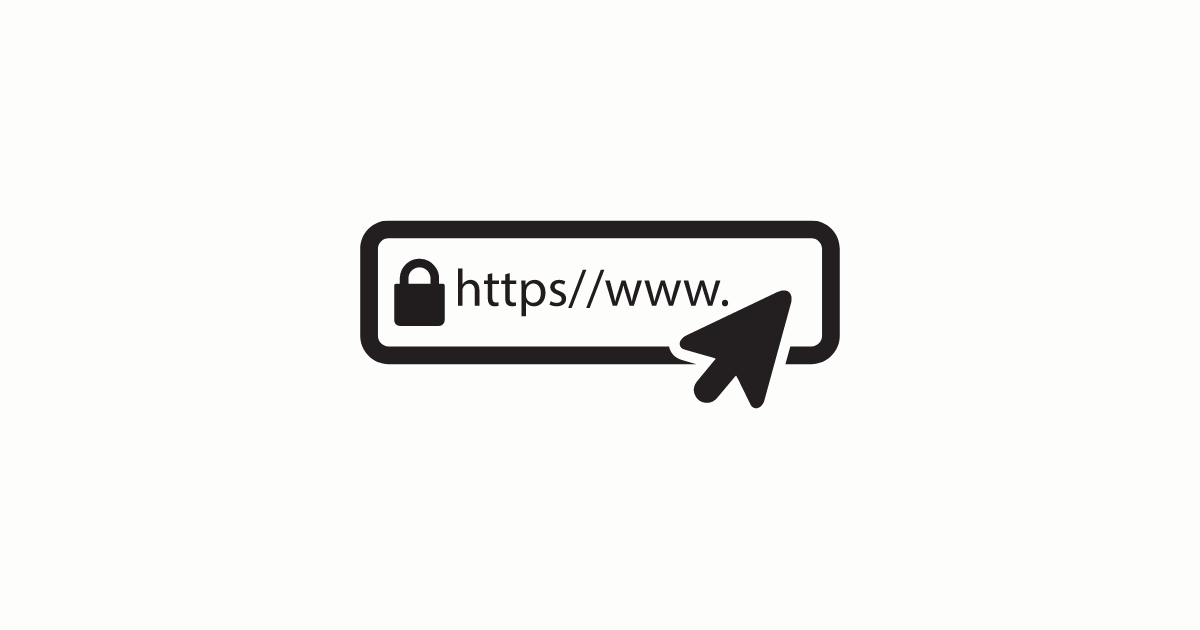
Optimizing aged domains is a multifaceted strategy that involves several key approaches to maximize their potential in enhancing your online presence.
First and foremost is content optimization. When you acquire an aged domain, it’s crucial to populate it with high-quality, relevant content. This not only helps maintain the domain’s authority but also aligns it with your current business objectives.
A good aged domain might have a legacy, but it’s your fresh, updated content that will keep it relevant and appealing to both search engines and visitors.
Building high-quality backlinks is another crucial step. While aged domains often come with their own set of backlinks, it’s important to build new, high-quality links. This helps maintain and potentially increase the domain’s authority, especially in light of frequent Google algorithm updates.
Remember, the goal is to create a backlink profile that is both robust and relevant to your niche.
Promoting through social media and other channels is equally important. This helps drive organic traffic to your site, leveraging the aged domain’s existing authority to boost your overall online visibility.
Using social media platforms, email marketing, and other digital marketing channels can amplify your reach and engagement, making your aged domain a central part of your online identity.
In my personal strategy for optimizing aged domains, I place a strong emphasis on understanding the domain’s history and aligning it with my niche site. I assess the existing content and backlink profile to identify areas of improvement.
Then, I develop a content strategy that not only updates the domain with fresh, relevant content but also targets high domain authority sites for new backlinks. Additionally, I pay close attention to the latest trends and updates in SEO, ensuring that my strategies are in line with the latest best practices.
Lastly, I integrate social media and other digital marketing efforts to create a holistic approach to leveraging the aged domain to its fullest potential.
Common Mistakes to Avoid with Aged Domains

Delving into the world of aged domains, while exciting, comes with its own set of pitfalls. One of the most common mistakes is ignoring the domain history.
It’s crucial to delve deep into the past of an aged domain before committing. The domain age might seem appealing, but without a thorough understanding of its past, particularly in terms of previous content and ownership, you might inherit a legacy that could harm your SEO efforts rather than help them.
Over-optimizing content is another trap that many fall into. While it’s tempting to stuff your newly acquired aged domain with keywords and links in an attempt to boost organic traffic, this strategy can backfire. Search engines have evolved to recognize and penalize such practices, making it important to maintain a natural, user-friendly approach to content.
Neglecting analytics is a misstep that can lead to missed opportunities and misguided strategies. Regularly monitoring your aged domain’s performance, especially after taking over, can provide invaluable insights into what works and what doesn’t. This data-driven approach can guide you in fine-tuning your SEO and content strategy.
From my journey with aged domains, I’ve learned that patience and diligence are key. In my early days, I once overlooked the detailed history of a domain name, lured by its age and seemingly impressive metrics.
This oversight led to a challenging phase where I had to clean up and realign the domain’s profile to suit my needs. This experience taught me the importance of a comprehensive audit of the domain history, ensuring its alignment with my current goals.
Conclusion

As we conclude our exploration into the realm of aged domains, it’s clear that their significance in the world of SEO is not just a passing trend. The future of what are aged domains in SEO is bright, marked by their continued relevance and potential to enhance online visibility.
The domain age, coupled with a carefully curated backlink profile, positions aged domains as valuable assets in the ever-evolving landscape of digital marketing. However, the journey of finding and optimizing these expired domains requires a blend of diligence, strategy, and an understanding of their historical context.
For those of you inspired to embark on this journey, remember that the quest to find aged domains is as exciting as it is challenging. Whether you are a seasoned SEO professional or a budding digital marketer, the opportunities presented by aged domains are vast.
So, as you navigate through the complexities of expired domains, keep exploring, keep learning, and, most importantly, stay ahead in the game of digital optimization.
The world of aged domains awaits. Are you ready to dive in?


